Industries
Oil & Gas
Enabling safe, scalable inspections of O&G infrastructure
with full coverage, minimal downtimes.
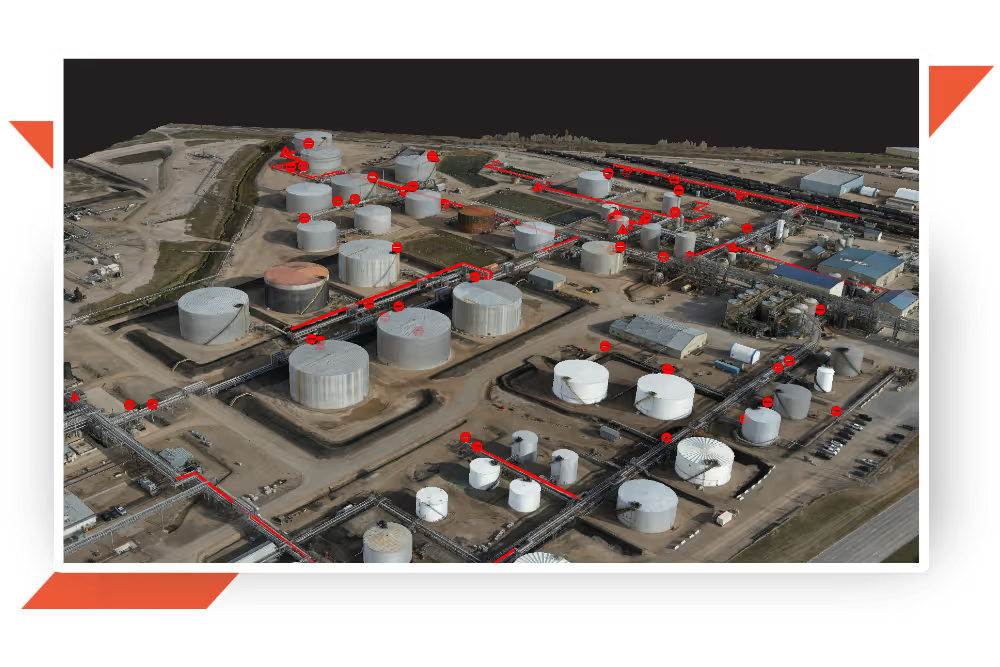
The challenges we solve
Increasing resource costs
Managing the preparation, travel and machinery to manually inspect assets is time-consuming and costly.
Over time, this significantly increases the Total Cost of Ownership (TCO).
Reactive repair works
Reporting that is still largely done by pen and paper can lead to significant assumptions made on critical defects.
Over time, this can lead to critical defects being missed.
Limited coverage of assets
Rope access, EWP or crane inspections typically cover only 20-30% of the asset, limited by budgets and shutdown windows.
This can negatively impact asset performance over time.
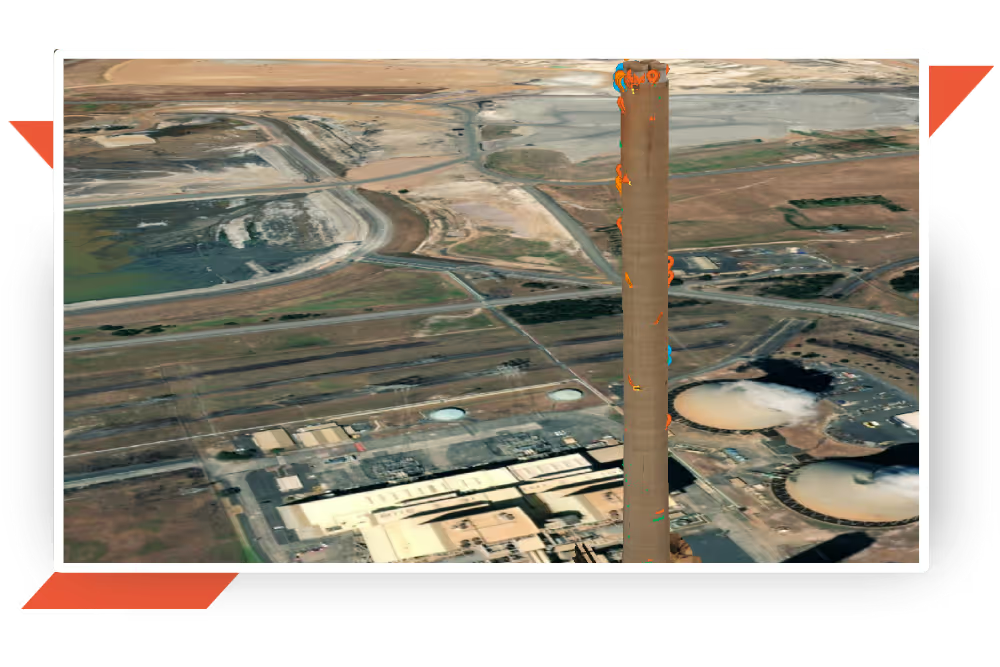
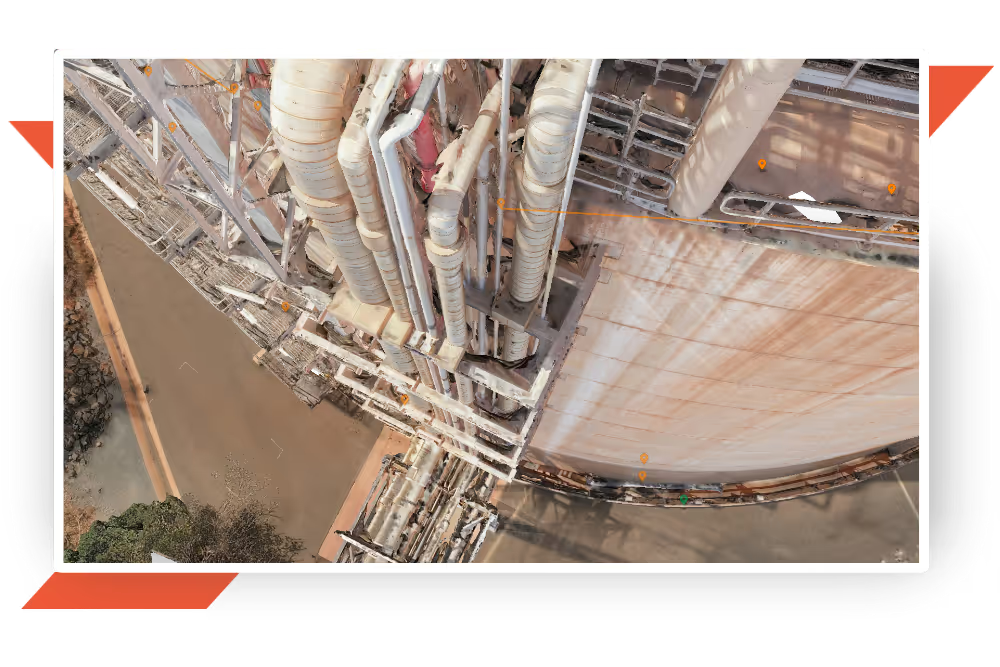
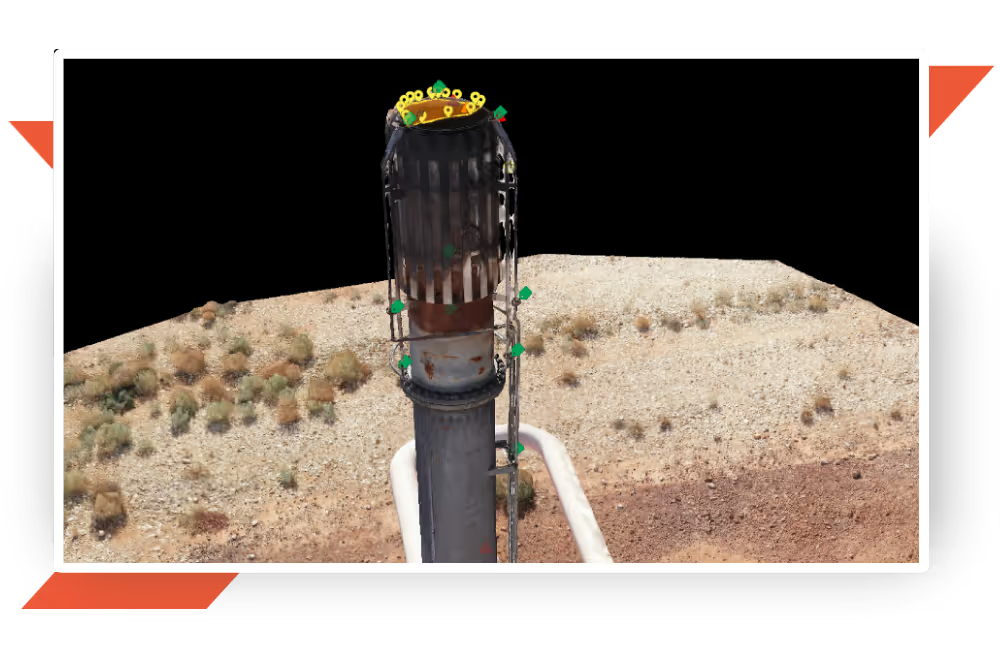
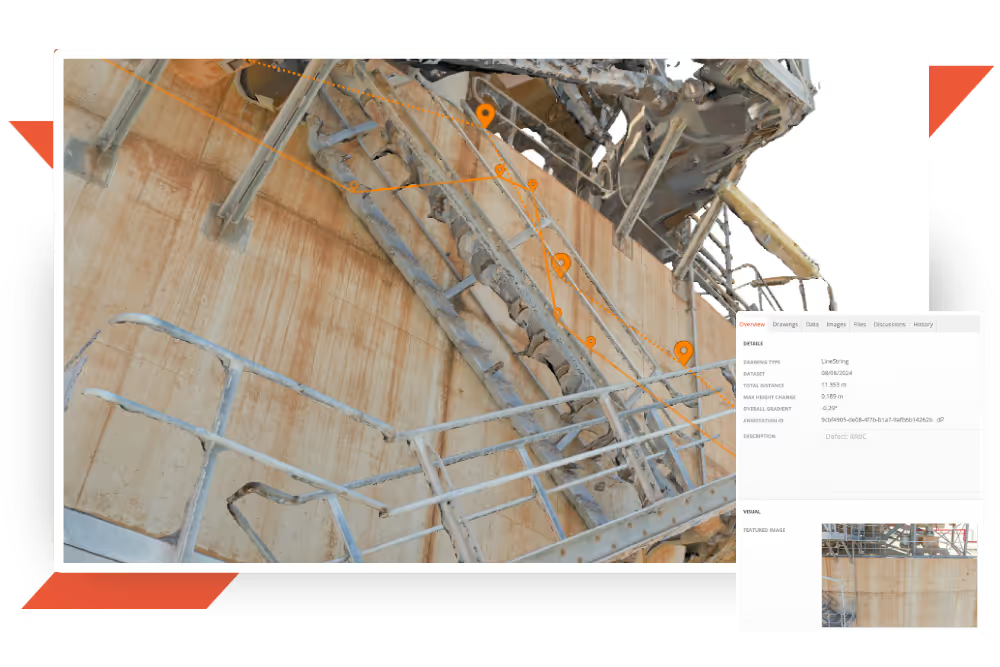

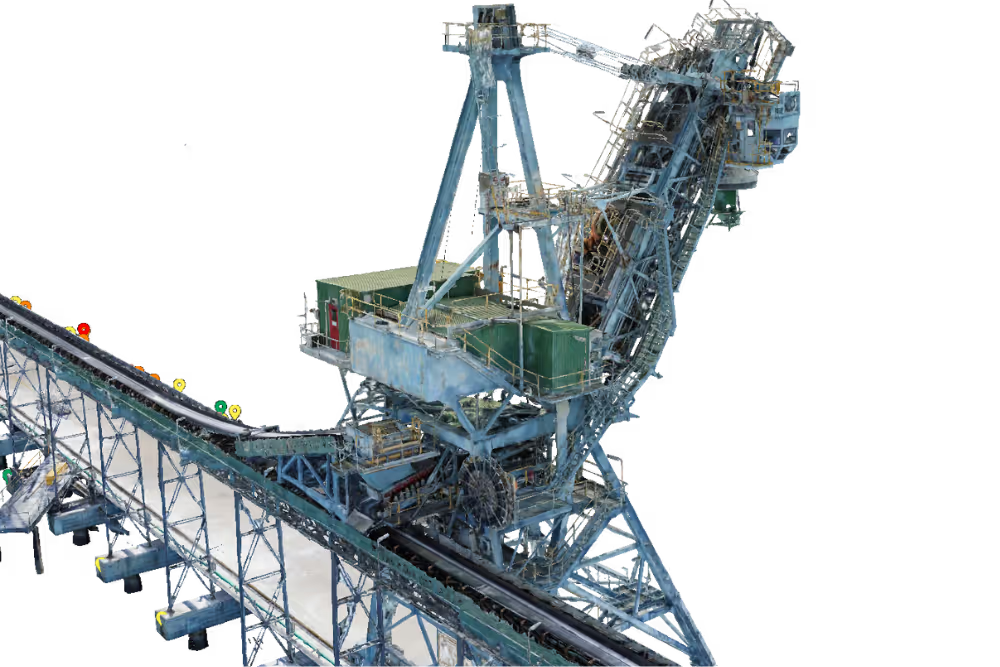
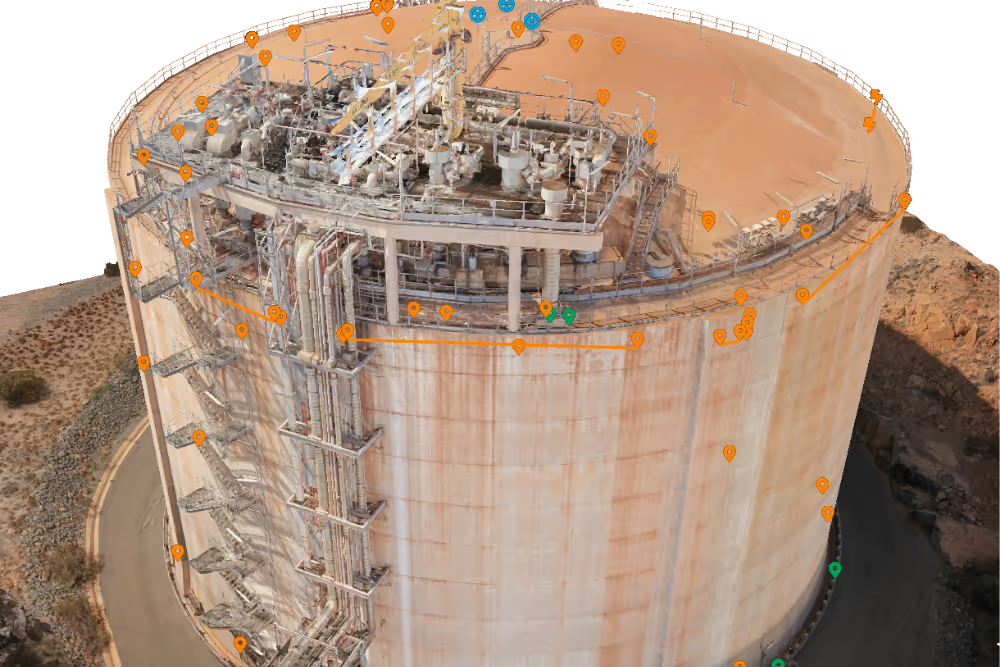
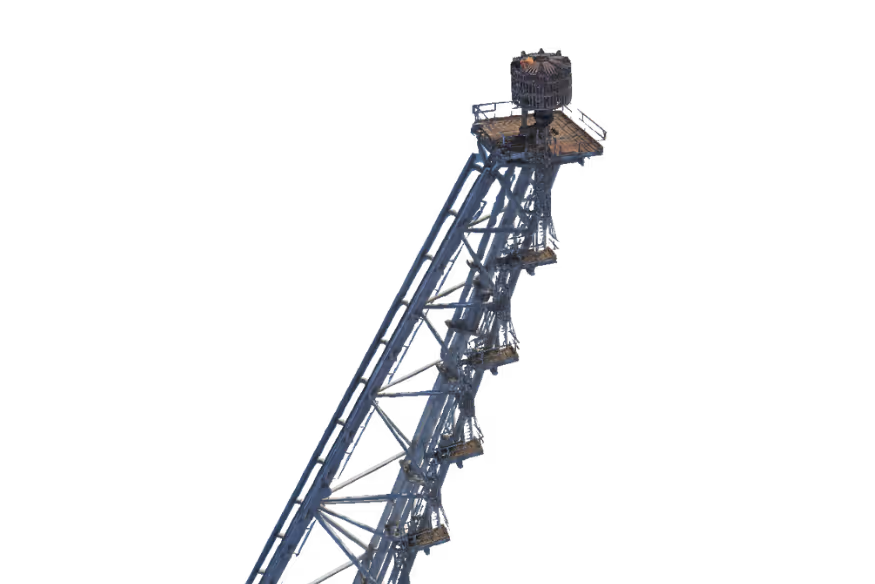
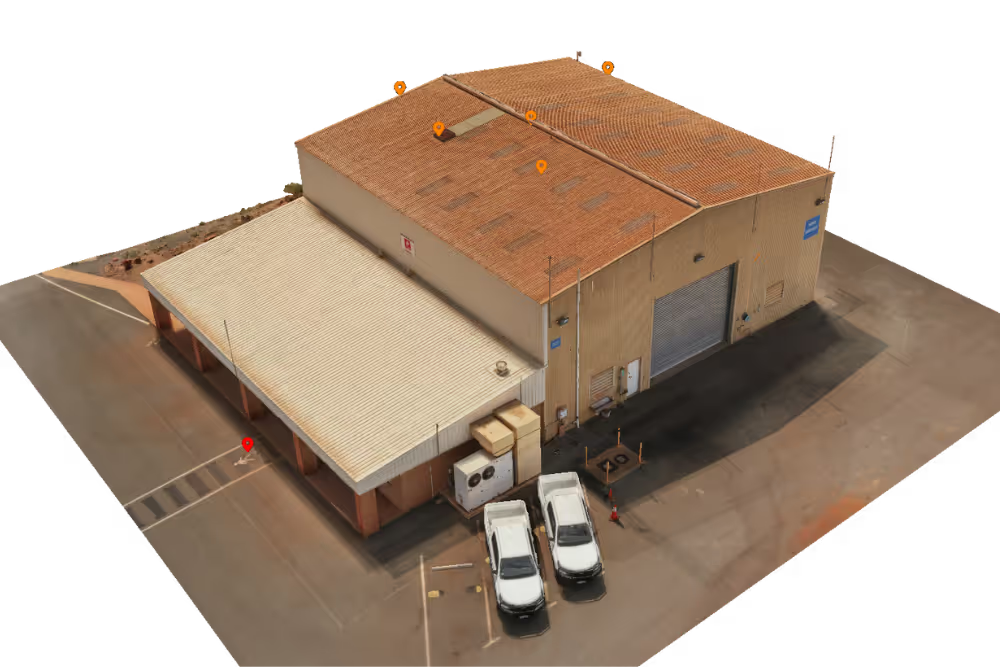
.avif)




















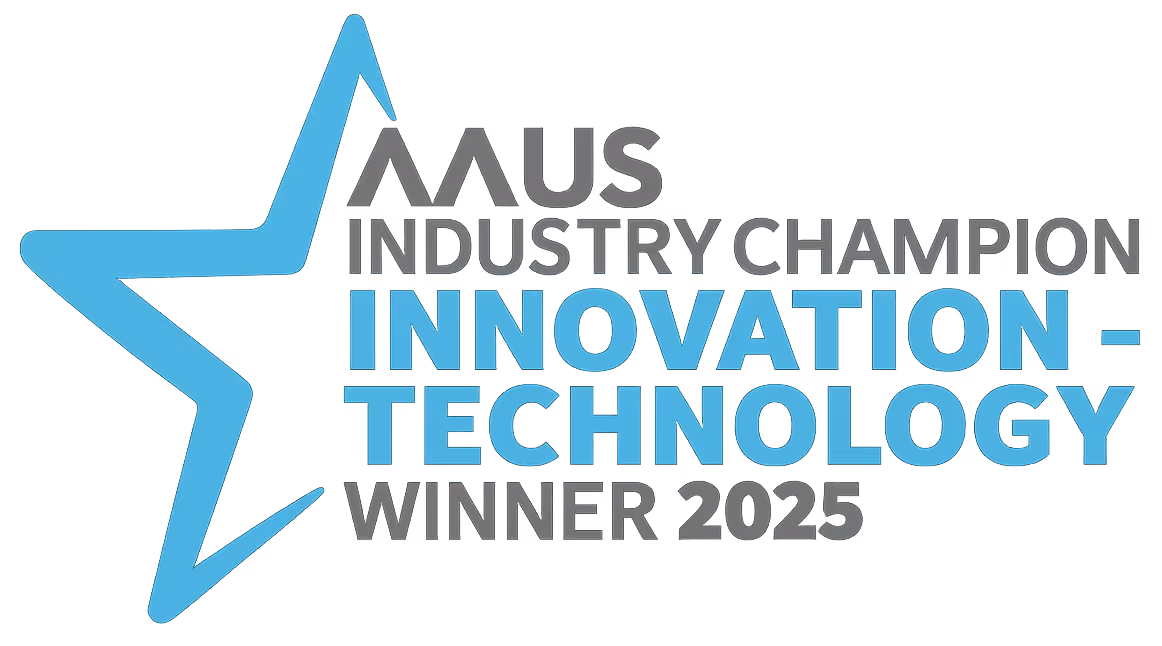
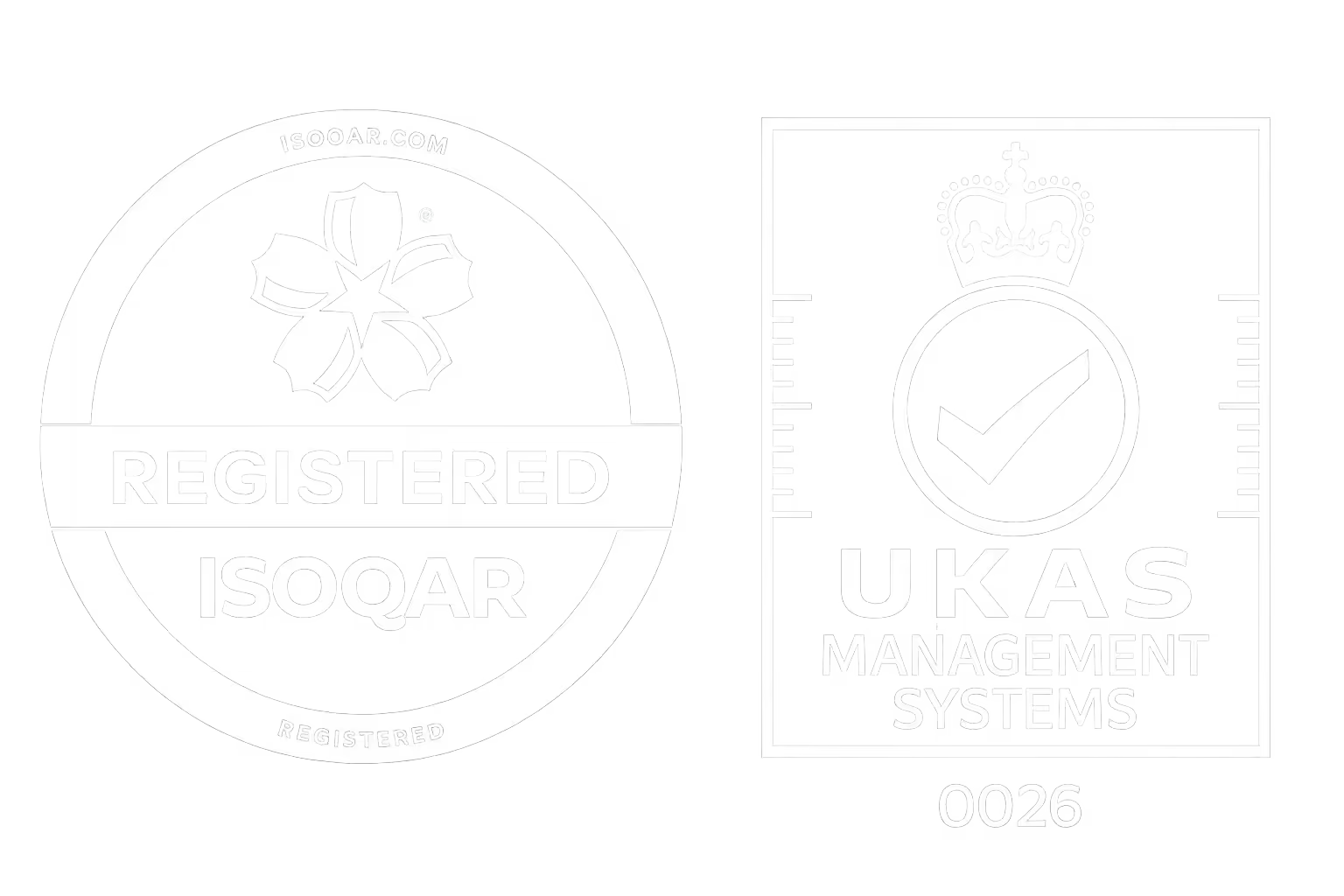

.svg)